Tehran
The Capital of Iran
Tehran, the bustling capital city of Iran, is a dynamic and modern metropolis that offers visitors a unique blend of tradition and modernity. From historical landmarks to modern shopping malls, Tehran has something for everyone.
Cultural Attractions
Tehran is a city steeped in history and culture, with a range of museums, galleries, and landmarks that showcase the country’s rich heritage. The National Museum of Iran, for example, houses some of the country’s most important artifacts and relics, including pottery, coins, and textiles dating back to ancient Persia.
Other cultural attractions in Tehran include the Golestan Palace, a UNESCO World Heritage site that was once the seat of the Qajar dynasty, and the Sa’dabad Complex, a sprawling estate that houses a range of museums and galleries.
Shopping and Entertainment
Tehran is a shopper’s paradise, with a range of shopping malls, markets, and boutiques offering everything from traditional handicrafts to designer brands. The Grand Bazaar, one of the largest markets in the world, is a must-visit destination for anyone interested in Persian carpets, jewelry, and other handmade crafts.
The city also offers a range of entertainment options, including cinemas, theaters, and concert halls. The Tehran Museum of Contemporary Art, for example, showcases some of the country’s most important modern and contemporary artworks, while the Azadi Tower offers stunning panoramic views of the city.
Food and Dining
Tehran is known for its delicious cuisine, which is a blend of traditional Persian dishes and international flavors. Visitors can enjoy everything from street food to high-end restaurants, with a range of options to suit all tastes and budgets.
Some of the most popular dishes in Tehran include chelo kabab, a dish made from grilled meat and saffron-infused rice, and ghormeh sabzi, a stew made from herbs and beans.
Nature and Parks
Despite being a bustling metropolis, Tehran also offers a range of natural attractions and green spaces. The Alborz Mountains, which rise up behind the city, offer stunning views and hiking opportunities, while the Jamshidieh Park is a peaceful oasis in the heart of the city.
Conclusion
Tehran is a city that offers visitors a unique blend of culture, entertainment, and natural beauty. Whether you’re interested in exploring the city’s rich history and cultural heritage, shopping for traditional handicrafts, or enjoying the delicious cuisine, Tehran has something for everyone. With its friendly people, vibrant culture, and stunning natural scenery, Tehran is a destination that should not be missed.

